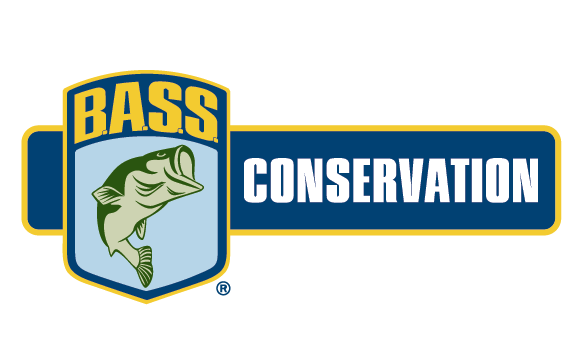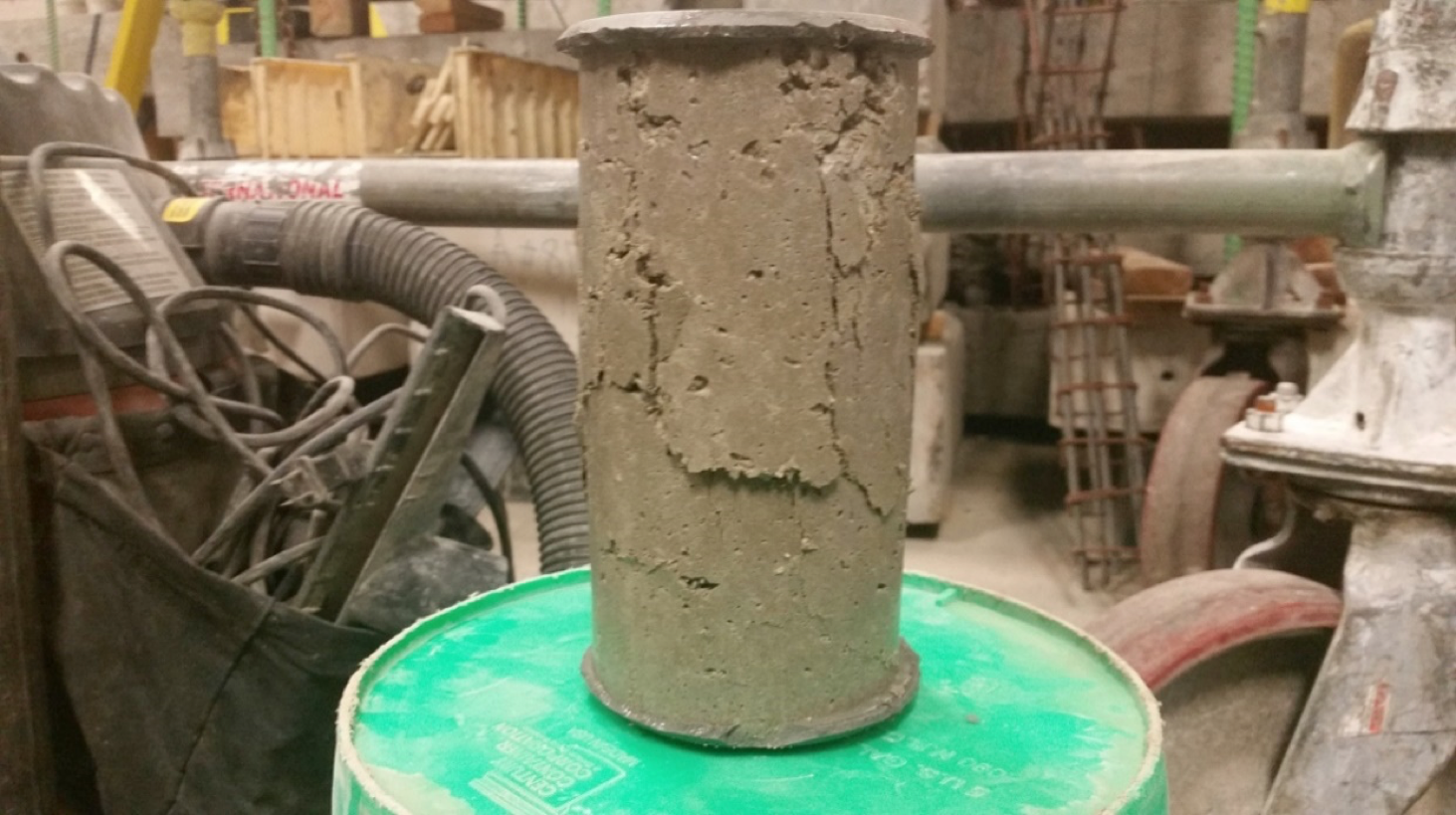
CHICAGO, Ill. – James Nobles’ idea could pave the way for fewer Asian carp in our bass fisheries and more of them in our highways, driveways and home foundations.
He calls his fish-filled construction material – what else? – Carp-Crete.
“When I first tell people about Carp-Crete, the facial expressions some make are priceless, until they see that I am serious and have the data to back it up,” said the owner of Above Grade Environmental and a civil engineer who came up with the idea while attending the University of Illinois-Chicago.
“I guess I need to make believers out of those who are still in disbelief that fish can be used as concrete.”
He made believers out those who judged his proposal best in the environmental and innovation category at the university’s 2015 Design Expo for graduating engineers. And now he’s trying to convince the movers and shakers.
“Today, I am working with state and federal legislators to bring Carp-Crete into fruition,” Nobles said. “I am also working with the Department of Transportation (Illinois) to have their blessing to use Carp-Crete on new roadway projects.”
Simply, Carp-Crete is concrete infused with Asian carp by-products from a rendering plant.
“These organic materials, along with the fish oil, add benefits to concrete like increased longevity and a reduction in the freeze-thaw cycle, to name a few,” the civil engineer said, adding that Carp-Crete also is less likely to buckle in the summer.
“All of the testing to date has surpassed every requirement to be used in any roadway project, high-rise, precast or slab concrete project.”
Most importantly for our waters and those who frequent them, use of Carp-Crete would increase demand for Asian carp, providing financial incentive for commercial fishermen to harvest more of them.
“Keep in mind that, just like any other concrete mix-design that has been engineered for particular uses, there is an associated cost that comes with it,” said Nobles.
“As of now, there is very little incentive to aggressively harvest the fish at the current price (about 15 cents a pound),” he continued. “I intend to increase the price per pound to more than double the current rate and, by doing so, aid in the removal of more fish, increase revenues and create new jobs.”
Additionally, more carp harvested, especially in the Illinois River system, would mean less of a threat for the invaders to sneak through the locks, by-pass the electric barrier and enter the Great Lakes via Lake Michigan.
And the infrastructure to handle that increased harvest already is in place, Nobles explained, pointing out that a single rendering plant can produce 60,000 pounds daily of the by-product used in Carp-Crete.
“That’s roughly 180,000 pounds of of Asian carp that can be removed from the waterways to be put to a better use and allow our ecosystem to begin healing from the devastation these fish have caused.”
As the threat posed by Asian carp to the Great Lakes sport fishery is reduced, more goods will be transported by barge than by semi-trailer trucks, Nobles theorized, thus reducing traffic and associated wear and tear on the highways. Right now, the trend has been in the other direction, as shippers fear carp slipping through the locks with their barges “and then decimating a multi-billion-dollar fishing industry, not to mention aquatic habitat.”
As a native of Southern Illinois, Nobles came by his concern for his state’s fish and waterways naturally. “It wasn’t until after the great flood of 1993 when I started noticing the effects and changes that soon followed,” he said.
“Years later, when I was studying to become a civil engineer, I was presented a unique opportunity to develop a new technology. I tapped into my time as a youth putting around in a john boat, having to dodge these flying fish (silver carp), and combined it with knowledge as an adult as to how destructive Asian carp are on our ecosystem. And my idea was born.”
The result, he added, is “a green, organic building product made without fly ash, which is a by-product of burning coal and is a known carcinogen that is used in most concrete products today. With coal slated to run out sometime in the next 100 years and reports of fly ash shortages, what will concrete producers turn to for use?”
James Nobles is hoping that it’s Carp-Crete.






